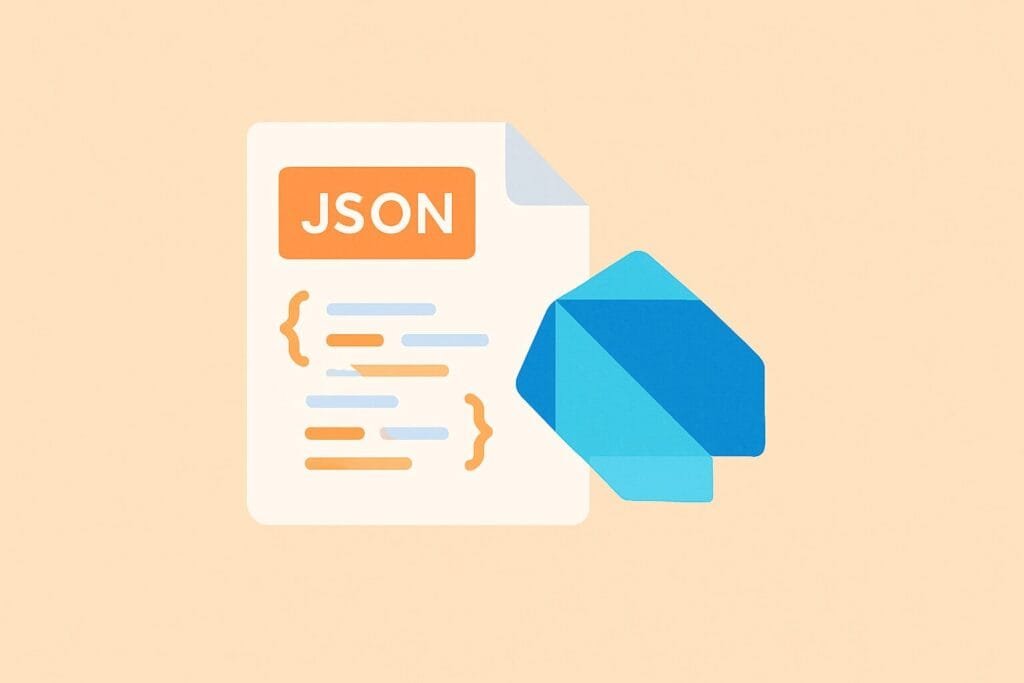Working with JSON in Dart is essential for building modern mobile or web applications using Flutter or Dart. JSON (JavaScript Object Notation) is a popular data format for exchanging information between servers and clients. In Dart, handling JSON is straightforward using built-in dart:convert package which provides jsonEncode and jsonDecode functions.

This article will walk you through parsing JSON from a string, mapping JSON to a custom Dart class, and encoding a Dart object back into a JSON string.
1. Importing Required Library
import 'dart:convert';
2. Sample JSON Data
Here’s a simple JSON data string we want to decode:
{
"name": "John Doe",
"email": "john@example.com",
"age": 28
}
3. Dart Class to Map JSON
Create a model class that mirrors the structure of the JSON.
class User {
final String name;
final String email;
final int age;
User({required this.name, required this.email, required this.age});
factory User.fromJson(Map<String, dynamic> json) {
return User(
name: json['name'],
email: json['email'],
age: json['age'],
);
}
Map<String, dynamic> toJson() {
return {
'name': name,
'email': email,
'age': age,
};
}
}
4. Parsing JSON to Dart Object
void main() {
String jsonString = '{"name":"John Doe","email":"john@example.com","age":28}';
Map<String, dynamic> userMap = jsonDecode(jsonString);
User user = User.fromJson(userMap);
print('Name: ${user.name}');
print('Email: ${user.email}');
print('Age: ${user.age}');
}
5. Converting Dart Object to JSON String
void convertToJson() {
User user = User(name: 'Jane Doe', email: 'jane@example.com', age: 25);
String jsonString = jsonEncode(user.toJson());
print(jsonString);
}
Working with JSON in Dart allows easy integration with REST APIs, data storage, and state management. For large or complex models, consider using the json_serializable package to generate model code automatically.
By understanding JSON parsing and encoding, Dart developers can confidently build data-driven applications with better structure and scalability.

